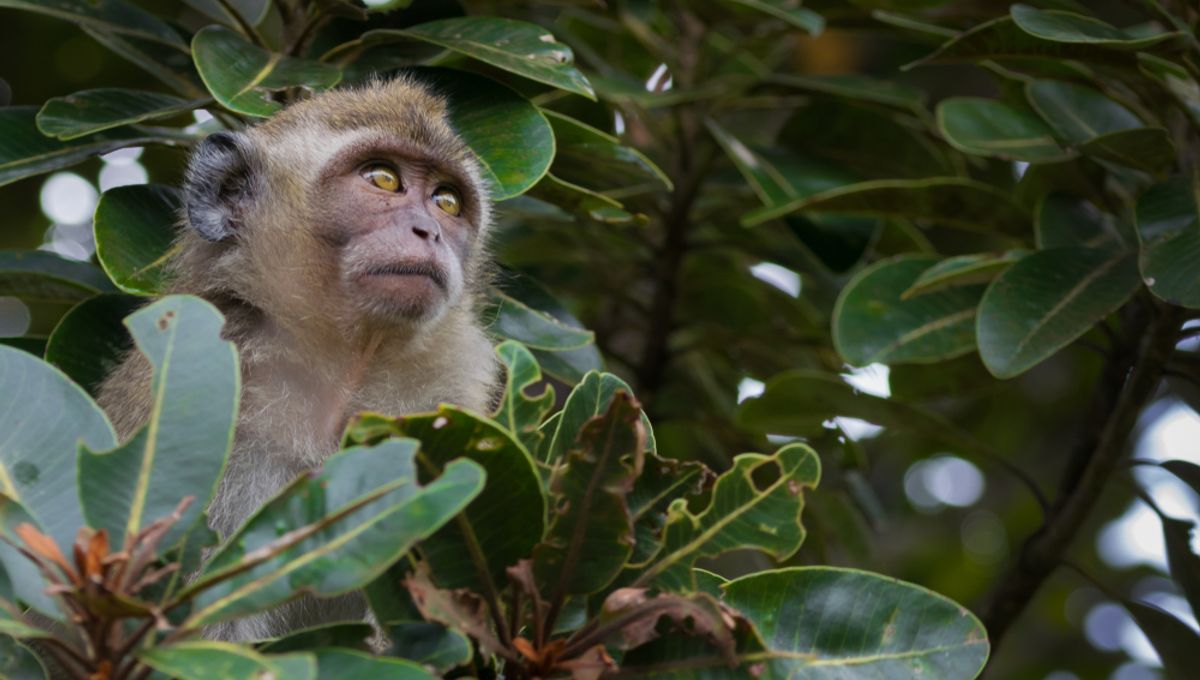
Stem cell transplants have been used to cure two monkeys of Simian Immunodeficiency Virus (SIV), the HIV-relative that infects 45 primate species. Although some human cures have already been achieved, the technique has had far too many side effects for widespread application. In the monkey cases, however, the researchers responsible think they understand why the approach worked and what needs to be done to apply it to humans on a consistent basis.
It’s been 14 years since Timothy Ray Brown, known as the Berlin patient, was cured of HIV, so it’s easy to wonder what is taking so long. However, the Berlin patient also had acute myeloid leukemia, forcing him to undergo a dangerous stem cell transplantation. The stem cells he received were from a donor with a mutation in the CCR5 gene, which meant he lacked the receptor HIV uses to infect white blood cells. The recipient proceeded to produce white blood cells impregnable to HIV. Without the ability to infect new cells, the virus died out, and he was eventually found to be cured.
There have been four similar cases reported since, representing the only known HIV cures. If we were still back in the 1980s, when HIV was a near-certain death sentence, such treatments might be adopted widely, despite the huge cost. However, with the development of highly effective treatments, most people prefer to take medication for the rest of their lives than undergo a painful, dangerous, and unreliable treatment, unless in exceptional circumstances such as also suffering from cancer. Work published in the journal Immunity might be a big step to changing that.
Four of the five humans cured through the stem cell treatment suffered from Graft Versus Host Disease (GVHD), where donor white blood cells attack the host’s cells. The one exception offers hope, but controlling GVHD, and understanding the causes, are essential if the cures are to become widespread.
Professor Jonah Sacha of Oregon Health & Science University led a team that transplanted stem cells from SIV-negative donors into four Mauritian cynomolgus macaques with the disease, while another four were kept as controls. Initially, SIV samples plunged by a factor of about 1,000 in all four treated macaques. Two treated monkeys were cured by the process and remained healthy four years later, while SIV in the other two eventually rebounded. Unsurprisingly none of the controls experienced remission.
A 50 percent success rate is still not something one would want to take to humans while alternatives are available, but the comparison between the monkeys where SIV disappeared, and where it returned revealed a lot about what works. Virologists have debated what was causing success in the cured humans and the authors think they now have a lot of the answers.
The authors observed HIV in blood from the animals’ limbs fell below detectable levels first, followed by lymph nodes in the arms and legs, and finally in the abdomen. They think the fact the whole body was not cleared at once could explain why some patients have appeared to be HIV-free, only to have the infection return, particularly if the abdominal lymph nodes were not tested.
The team realized two processes were taking place at once. The transplanted stem cells identified the HIV-infected cells as foreign to the body and attacked them in a way that resembles a technique widely used to cure leukemia.
In the cured macaques, CCR5 receptor deficiency helped prevent SIV rebounding, but in the other two macaques, this failed to work perfectly. The team behind this paper have also demonstrated that a CCR5-blocking antibody can mimic the effects of transplantation from a CCR5-deficient host, and hope to use this in future.
“We hope our discoveries will help to make this cure work for anyone – and ideally through a single injection instead of a stem cell transplant,” Sacha said in a statement.
The study is published in Immunity.
Source Link: Two Monkeys Cured Of HIV Counterpart, Opening Path To Widespread Human Treatment